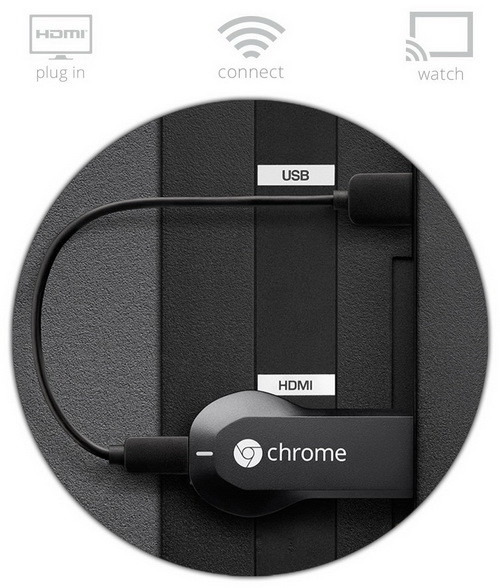

IMPORTANT: avoid switching steps 4 and 5 around because you can inadvertently cast the wrong source content to your device!

Hover over to the bottom of the popup menu and click the Sources button, and from its drop-down list select "Cast desktop" so it becomes checked. A popup menu will appear, but don't select your Chromecast device just yet! Instead, at this point you will choose what source content to cast.
SET UP CHROMECAST ON COMPUTER PC
SET UP CHROMECAST ON COMPUTER WINDOWS
Make sure to hold down the Windows button on your keyboard and press P.Repeat steps 3 -5 a third time and voila! Step 6 is now possible.Īssuming your computer is convinced that it has a second screen attached, then to extend your desktop with Google Chromecast, Repeat steps 3 – 5 again, just to stop the Chromecast.į. Stage as your screen will appear on the Chromecast, just not extendedĮ. Note that step 6 won’t be possible at this Screen by switching its input source to that second HDMI port.ĭ. Confirm that you have a visible extended desktop on your second

If using a real HDMI cable, you must plug theĬ. Plug in either a real HDMI cable or a dummy plug into theĬomputer's HDMI port. To convince Google Chrome that there is a second screen,Ī. Sample HDMI Monitor Emulator from Walmart.A machine that I've found does not need an HDMI dummy plug is the HP EliteBook 8470p. Has to do with these ports behaving as analog ports. NOTE: it seems a few PCs actually behave as though a monitor is connected, and won't need a dummy HDMI plug. Here’s where a dummy HDMI plug, “headless ghost”, or otherĭisplay emulator comes in handy if you do not have an actual second Screen in step 6, then you must convince Google Chrome that there is a second CAVEAT: If simply trying the steps below won’t pull up the second


 0 kommentar(er)
0 kommentar(er)
